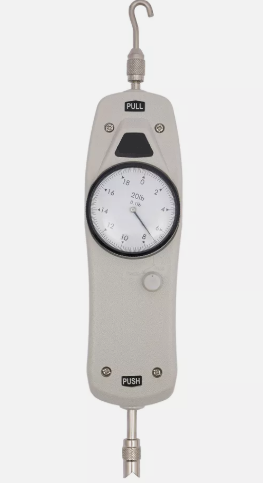
Selecting the right pressure gauge range can be rather tricky. This is because you’ll need to consider a slew of different things. Before selecting a pressure gauge you’ll need to think about the application, how much pressure is involved, the size of the dial, and the accuracy requirement that you need to meet. Now, we’re sure that this may be a little overwhelming. To help you out, we thought it would be useful to put together a brief guide on this subject. If this is something that you want to learn more about, read on as we break down how to select the right pressure gauge range.
When shopping for a gauge, there are many factors to consider, including the size of the range you need. Gauge sizes can range from 1 ¼ in. to 16 in. A dial should be large enough to be easily read from far away. The graduations should be clearly legible, and the dial should fill the sight space without allowing a user to see the back of it.
What unit of measurement do you need? In the United States, one commonly-used unit is pounds per square inch or PSI. Several other popular units measure pressure, including kilograms per square centimeter (kPa), bars, and atmospheres (atm). Do you need a range of units? If so, both scales on the gauge should be large enough to be readable, but the inner scale will often display a higher maximum value than the outer scale. You have several options for selecting a gauge range. You can choose single scale or dual scale, or you can obtain a triple or quadruple scale gauge, which can provide you with more precise measurements.
Generally, the greater the accuracy, the more graduations are required. A gauge with an accuracy of ±0.5% or greater can be particularly difficult to read because more graduations are required. That’s because a reading that is accurate requires more graduations on the gauge’s scale than can reasonably fit on the dial. If you need a measurement to be more precise, use a larger dial. Larger dials will have more graduations, indicating smaller increments in the measurement.
Design pressure is the maximum pressure that your gauge will experience during your application. Don’t get this confused with the sustained pressure, as pressure spikes happen often. Pressure gauges are usually accurate up to 150% of the range they are designed for, but if the pressure goes over 150%, you need a gauge with a larger range, or else your accuracy will diminish. This is a safety issue to watch out for because pressure gauges that break can be dangerous.
We hope this article proves to be useful when it comes to furthering your understanding of choosing the right pressure gauge range. While all of this may seem overwhelming, the information that we’ve laid out here should help make choosing easier for you. Be sure to keep all of this information in mind so you can select the right pressure gauge range.
Are you looking for door pressure gauges? We here at All Things Inspector have got you covered. We carry specialty tools for fire door inspections, ADA door pressure gauges, door gauges, ADA knee clearance and toe clearance templates. For more information on what we have to offer, browse through our website today!



Measuring door pressure is acting in compliance with building regulations, like the Americans with Disabilities Act (ADA). It’s an important step in ensuring accessibility, safety

When talking about building safety, the first things that come to mind are fire alarms, emergency exits and security systems. Meanwhile, the one tool that